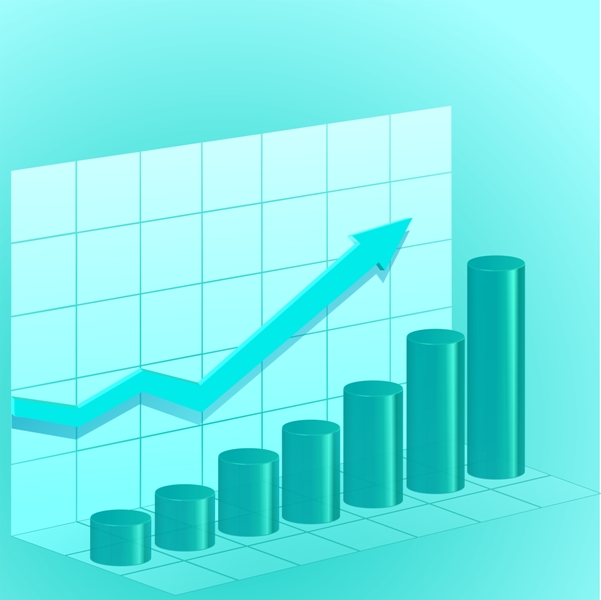Definition of Pricing Strategy

At its most basic, pricing strategy is based on the expense to produce the physical product or provide a service. This is known as the cost of goods on a balance sheet and it can include raw materials and other costs like machinery, labor and administrative overhead in goods-production companies, or salaries and bonuses in service-provider companies. Other internal and external considerations might be evaluated in the final determination of price.
Industry Pricing
Product pricing must conform to going industry and category levels. However depending on quality, features, and benefits, and even a unique selling proposition manufactured through advertising, a product can price itself at the higher range of category pricing.
Lexis and Infiniti were both introduced at the higher range of auto pricing. Use of higher quality, luxury components as well as advertising a luxury message enabled them to succeed with their pricing strategy.
Influence of Competition
No product can succeed if its pricing is too out of line with standards in its industry. A 15 oz. bag of potato chips no matter how good cannot be priced at $10 and expect to amass a consumer following that allows it to achieve anything beyond a niche market interest. When developing the pricing strategy, managers must do a thorough evaluation of competitor pricing to determine the prevalent pricing structures in use and how their product will be positioned in the category hierarchy.
Marketing Strategies
Helping to make the pricing model work is the job of marketing. Decisions about the product, how it will be distributed, and how it will be promoted are all marketing activities that will be impacted by pricing strategy.
Low-price, high-volume goods end up in grocery stores rather than showrooms; but their advertising and marketing budgets may be comparable to that of a luxury automobile.
Consumer Demand
Consumer demand can influence pricing. When demand is low, pricing levels fall to attract buyers. When demand is high, managers can raise pricing.
Price elasticity is a measurement used in the business analysis to monitor the effect on consumer demand with pricing changes relative to quantity sold. Price elasticity can be thought of as a rubber band (consumer demand) that can stretch only so far before breaking (demand for the product). Testing the limits of elasticity means additional profits courtesy of a strategy that balances pricing with demand.

